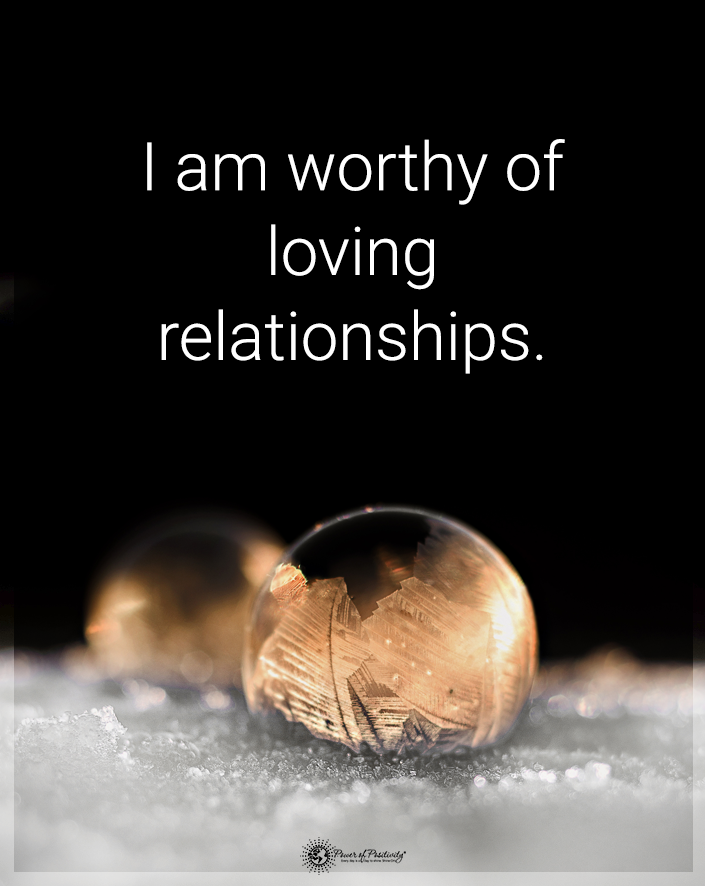Many people believe bullying only happens during childhood, but that’s not entirely accurate. Bullies continue their behavior into adulthood, filling a regular role in your life. Their behavior is often more subtle and thought out than a child’s, but it’s still there.
Anyone in your life can be a bully, so watch for it no matter where you are. Some of the people you might experience cruelty from including your:
- Boss or co-worker
- Romantic partner
- Neighbor
- Sales or business representatives
- Family members
- Friends
- Social media contacts
- Acquaintances
Identifying bullying behavior can help you figure out the people who don’t want what’s best for you. You have options, and there are things you can do as a victim or a bystander.
Types of Adult Bullies
Cruel people come in different forms and use different tactics to hurt the people around them. The situation is detrimental to your well-being, from physical harm to emotional abuse.

Some of the types of bullies to watch out for include the following:
- Verbal: They often shame and insult you using criticism or cruel teasing. Sometimes they use disrespectful or threatening behavior.
- Passive-aggressive: They usually act kind and friendly and then take unexpected turns. You’ll notice eye-rolling, rude facial expressions, and ridicule. They also like to isolate their victims to hide their intentions from others.
- Material: They use their power to intimidate and control you. This person could be your boss or manager, or they could have control of your finances.
- Cyber: They send malicious emails, social media messages, comments, or text messages. Their behavior doesn’t always surface in person because they feel safer doing it over the internet.
- Physical: They might show violent tendencies like raising their fists or pretending like they’re going to hurt you. Sometimes they throw or break things to get their point across. They also engage in violent acts like domestic, physical, and sexual abuse.
Eighteen Behaviors Bullies Display Before Revealing Their Intentions
Watch for these signs if you think someone might have cruel intentions.
1. Being Passive-aggressive Can Indicate Bullying
This type of person works to avoid confrontation, resorting to indirect cruelty. They might do things like pout, gossip, or procrastinate when they know you’re waiting on them. These behaviors are their subtle ways of inflicting harm on those around them.
2. Giving the Silent Treatment
Many adult bullies give the silent treatment to get back at you. Rather than talk about things that bother them, they lead you to figure it out while they pretend you don’t exist. They’ll continue ignoring you until you give them what they want or say you were wrong.
3. Bullies Are Controlling
A bully wants everything to go their way, and they won’t settle for anything less. They want everyone to go along with them and become more condescending the longer you hold out.
4. Bullies Love to Argue About Past Mistakes
Everyone makes mistakes, and a bully won’t let you forget about yours. While you must learn from your mistakes, you also must leave them in the past.
If someone in your life continually brings them up, it’s their way of being cruel. They want to remind you that you messed up, and it’s their subtle way of ridiculing you.
5. Lying or Pretending Not to Understand
A bully might make a point by saying they didn’t do something that they did do. They use lies to get their way, often blaming others for their mistakes. Sometimes they’ll even take credit for other people’s work.
This type of person often pretends not to understand things as a way to protect themselves. They also do it to get their way or get you to do their work for them.
6. Sabotage Is a Bullying Behavior
If someone ruins your project, destroys your items, or causes you to suffer for their gain, it’s sabotage. They want to see you fail and do whatever they can to make it happen.
7. Constant Criticism
Constantly judging and criticizing others is a sign of a bully. Unnecessary and unconstructive criticism is a way for them to tear you down so they can gain power and feel important. It causes decreased self-esteem and feelings of doubt or worthlessness.
8. A Bully Hopes to Instill Fear
Bullies want to gain control, and they’ll stop at nothing. They instill fear in others to gain what they need, often targeting innocent people.
9. Withholding Emotions
A bully might withhold emotions or approval until you do things the way they want you to. They won’t give any feedback unless you give in. Even if your method is effective, they’ll continue withholding because they didn’t get their way.

10. Isolation
Cruel people know their victims are easier to handle when alone. They find ways to isolate their victim to instill more fear and intimidation. If they can’t get you alone, they’ll do things to get others to stay away from you.
One example is when you introduce someone new to your group of friends. The new person might make things uncomfortable or act in a way that makes your friends not want to come around.
A bully wants to be the only person in your life so that they can control and benefit from your behavior. They worry your other friends will voice their concerns, so they want to get them out of the way.
Another example is that a cruel person singles people out. They won’t tell you about meetings or invite you to social activities with co-workers or mutual friends.
11. Frequent Temper Tantrums
Temper tantrums are natural for children, but you’ve likely seen a few adults have them. Adults have advanced their tantrum skills and understand how to wear others down and hit emotional triggers. It makes you feel abused and scarred and only benefits the bully.
Some examples of adult temper tantrums include:
- Yelling and scream
- Name-calling
- Announcing your insecurities
12. They Gossip and Spread Misinformation
Bullies love to gossip, and they often start rumors about others. They talk badly behind people’s backs and then smile to their faces.
This behavior is incredibly hurtful to their victims, and the bully doesn’t show remorse. The bully does this because they have low self-esteem and feel better about making others feel bad.
13. Blaming Others
This type of person never takes responsibility for their mistakes. They blame others for what went wrong, even if no one else was involved. This behavior often creates chaos and hinders productivity.
14. They Ignore Boundaries
They do whatever they want, even if it makes other people uncomfortable. This type of person knows when they are crossing a boundary and does it anyway. You can reassert your boundary many times, and they’ll keep pushing.
15. Repeatedly Discussing the Same Idea
It’s a bad sign when someone keeps talking about the same thing, even after you’ve given your opinion. They’ll continue bringing it up until they convince you to agree with them.
If you didn’t answer their question how they wanted you to, they might keep asking it. They know that many people will eventually give in and tell them what they want to hear.
16. Bullying Often Involves Constant Complaining
Bullies complain all the time, and it seems like nothing can make them happy. They hold others to an impossible standard and complain no matter how hard you tried. You’ll often hear them complaining that someone else caused their negative feelings, too.
17. Always Saying No or Telling Someone They’re Wrong
The first thing out of a bully’s mouth is usually no. They don’t want to negotiate or discuss the situation, leaving nothing else for you to do.
Another common issue is that they tell others they are wrong even when they’re not. They tell people they are wrong for their feelings and that every statement is incorrect. Plus, they’ll do whatever they can to prove you wrong and undermine you.
18. Public Belittling
Bullies often publicly belittle their victims either in person or via the internet. They will point out your flaws and insecurities and attack your decisions. Afterward, they find people who will take their side on the matter.
How to Deal with Adult Bullies
Dealing with adult bullies isn’t fun, but it is possible. A few of the things you can do to protect yourself include:
- Choosing which battles to fight: If you don’t see the person often and can mostly avoid them, it might be best to hold back your reaction.
- Making eye contact: People have less empathy when they can’t see your eyes. While it’s tempting to turn away from a cruel person, you might benefit from making eye contact and showing your face.
- Create space between you: Limit your interactions with the bully whenever possible. Move to the other side of the room or find another area to work on your task.
- Confront them: They usually don’t like confrontation, so confrontation can sometimes stop their behavior. A bully will be less likely to target you if they know you won’t put up with it.
If these ideas don’t work, document every offense, primarily if it occurs at work. You never know when you will need to make a complaint or address the issue with a third party.

Final Thoughts on Behaviors Bullies Display
If you recognize any of these behaviors in someone you know, they are likely a bully. You shouldn’t have to deal with someone making you feel bad about yourself. Rather than giving in and letting bullies do what they want, find a way to make a change. It won’t be a fun process, but you can make it happen to improve your life.
The post 18 Behaviors Bullies Display Before Revealing Their Intentions appeared first on Power of Positivity: Positive Thinking & Attitude.




